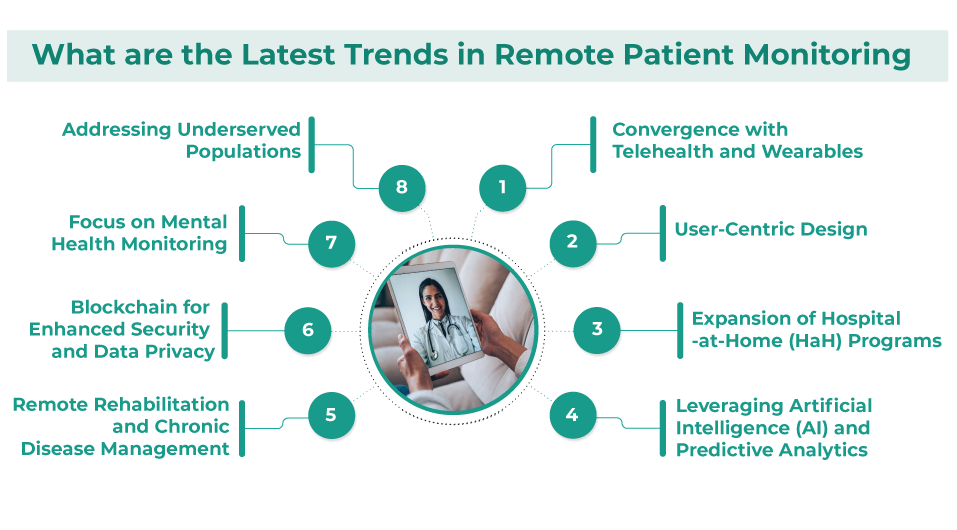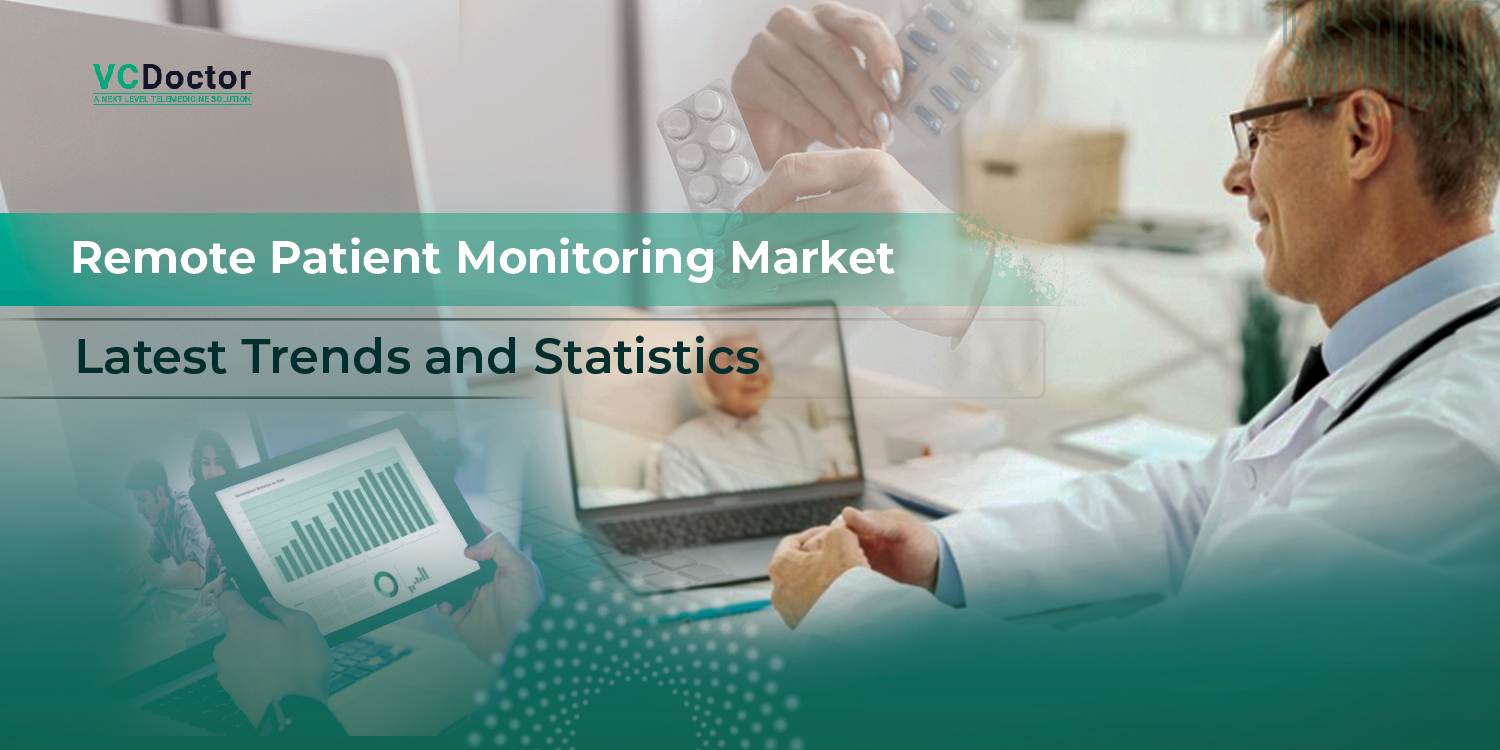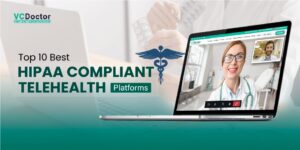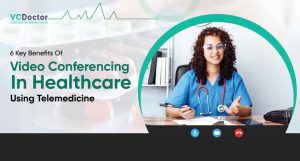Remote Patient Monitoring Market Latest Trends and Statistics
The healthcare industry is revolutionizing the interaction between patients and doctors through advanced technology termed remote patient monitoring systems. Nowadays, every healthcare firm is working on customized technology where they can build a platform for their customers to provide their service and quick medication worldwide. Remote patient monitoring market have a massive future as the intelligent integration of AI and ML is introduced in software development.
A digital revolution is taking place in the healthcare industry with remote patient monitoring systems. RPM is embracing innovation to empower patients and change the way that care is delivered. It is no longer limited to large devices and hospital stays. This investigation explores the most recent developments influencing RPM’s future. We’ll dive into the fascinating intersection of wearables and telehealth, investigate how patient control is being given by user-centric design, and look at how artificial intelligence may be used to anticipate and prevent health issues. Additionally, discover the innovative developments that are transforming remote healthcare.
Table of Contents
- Market Size of Remote Patient Monitoring
- What are the Latest Trends in Remote Patient Monitoring
- Convergence with Telehealth and Wearables:
- User-Centric Design:
- Expansion of Hospital-at-Home (HaH) Programs:
- Leveraging Artificial Intelligence (AI) and Predictive Analytics:
- Addressing Underserved Populations:
- Focus on Mental Health Monitoring:
- Blockchain for Enhanced Security and Data Privacy:
- Remote Rehabilitation and Chronic Disease Management:
- How VCDoctor Help You in RPM
- Conclusion
- FAQs
Market Size of Remote Patient Monitoring
The health industry itself is worth more than trillions of dollars. The specific remote patient monitoring statistics were estimated to have a global value of $71.9 billion in 2023. Experts estimate that the market value will rise to $207.5 billion by 2028, with a 23.6% CAGR.
These figures clarify that there is a bright future for remote patient monitoring services. Every healthcare industry is investing in these systems to move with the latest market trends. Investors are also showing interest in such a platform for the healthcare industry to invest and earn revenue.
What are the Latest Trends in Remote Patient Monitoring
Technological innovation and a shift in paradigm towards patient-centered care models are driving major changes in the field of remote patient monitoring (RPM). The following major trends will influence RPM going forward:

Convergence with Telehealth and Wearables:
Remote patient management is becoming more comprehensive as a result of RPM’s integration with telehealth systems. Advanced wearables provide real-time patient data to physicians, enabling them to conduct virtual consultations at the same time. With the ability to record a wider and wider variety of health measurements and vital signs, these wearables allow for ongoing monitoring and well-informed decision-making.
User-Centric Design:
User-friendly mobile applications and interfaces are becoming more and more important. By offering tools like medication reminders, educational materials, and the capacity to create customized health objectives. It encourages patients to take an active role in their treatment.
Expansion of Hospital-at-Home (HaH) Programs:
Technological developments in the remote patient monitoring market makes it easier to provide hospital-quality treatment into homes. Hospital-at-Home (HaH) is a trend that enables patients to recuperate in a more comfortable environment and may lower readmission rates to hospitals.
Leveraging Artificial Intelligence (AI) and Predictive Analytics:
Large volumes of patient data gathered by RPM are being analyzed with the use of artificial intelligence. It makes it possible to spot any health problems and put preventative measures in place, which eventually improves patient outcomes.
Addressing Underserved Populations:
Remote monitoring is shown to be a useful technique for increasing geographically isolated people’s and those with restricted mobility’s access to high-quality healthcare. With the help of this technology, there is a great chance to close the gap in healthcare and provide more equal access to care.
Focus on Mental Health Monitoring:
The future of RPM is expanding beyond traditional vital signs to encompass mental health monitoring. It could involve tracking sleep patterns, activity levels, and mood through wearable sensors and surveys. Integration with mental health professionals allows for remote interventions and personalized support plans.
Blockchain for Enhanced Security and Data Privacy:
Security and privacy issues are critical as remote patient monitoring gathers more and more private health data. With its tamper-proof design and decentralized data storage, blockchain technology presents a viable option. It can encourage confidence in remote monitoring systems and provide patients more control over their data.
Remote Rehabilitation and Chronic Disease Management:
RPM is turning out to be a game-changer for rehabilitation and chronic illness management. Healthcare providers may offer continued assistance, enhance drug adherence, and perhaps save healthcare costs by enabling remote monitoring of ailments including diabetes, heart failure, and post-surgical rehabilitation. This approach places a strong emphasis on preventative treatment and gives patients greater control over the management of their long-term illnesses.
How VCDoctor Help You in RPM
The telehealth app from VCDoctor is a powerful tool that enhances your experience with healthcare and works seamlessly with Remote Patient Monitoring programs. It helps to manage data and transmit it straight to your healthcare practitioner via the secure app from VCDoctor. They can keep an eye on patterns, spot any problems before they become serious, and modify your treatment plan as needed.
However, VCDoctor does more than just gather data. You may arrange video consultations with your doctor straight from the app, which enables two-way conversation. Long trips and in-person appointments are no longer necessary for little check-ins or prescription modifications, according to your RPM data. Furthermore, thanks to VCDoctor user-friendly interface, you may examine your health statistics in an understandable way. You may monitor your development, create customized objectives, and learn important information about your general health.
VCDoctor functions as a portable healthcare partner, facilitating communication between you and your healthcare team and offering the necessary information and assistance to enable you to take an active role in your RPM program and your general health.
Want to get RPM WhiteLabel? Click Below to get app like VCDoctor affiliated with all latest trends
Conclusion
The healthcare industry has a linked future. These days, Remote patient monitoring market (RPM) is a fast-developing sector that is full of opportunities rather than a specialized technique. Through the utilization of wearable technology, telehealth integration, and advanced data analysis, RPM is promoting a patient-centered care model. Patients may now actively participate in their health journeys from the comfort of their homes, and physicians can use this information to provide more prompt and informed treatments.
The opportunity for remote rehabilitation, the emphasis on mental health monitoring, and the improved data security provided by blockchain all highlight how revolutionary RPM may be. We anticipate seeing even more innovative trends that push the limits of remote care and give patients greater autonomy over their health as technology develops. This connected healthcare ecosystem promises a future where improved access and personalized care plans become the norm.
FAQs
1. What’s the big deal about wearables in RPM?
Wearables are revolutionizing RPM by capturing a wider range of health data than ever before. Imagine tracking sleep patterns, activity levels, and even mood alongside traditional vitals. This continuous stream of data empowers healthcare providers to gain a more holistic understanding of their health and intervene proactively if needed. Plus, many wearables are comfortable and user-friendly, promoting patient engagement in their care journey.
2. How is AI making a difference in RPM?
In RPM, artificial intelligence (AI) is changing the game by analyzing massive patient data sets gathered from wearables and other sources. These potent algorithms have the ability to see minute trends that could go unnoticed by the human eye, which could help detect health problems before they get worse. It makes it possible to take preventative action, which may enhance patient outcomes and lower medical expenses.
3. Is remote patient monitoring secure?
Remote patient monitoring systems place a high priority on data security and privacy. The newest developments are tackling these issues by investigating blockchain technology. With its decentralized and impenetrable data storage mechanism, blockchain may provide patients greater control over their data and increase confidence in remote monitoring programs.
4. How does VCDoctor app keep my health data secure?
VCDoctor places a high premium on data security. The app protects your health information with strong encryption technologies. Furthermore, VCDoctor constantly protects your privacy by adhering to stringent HIPAA compliance rules.
5. How can VCDoctor app consultations benefit my RPM program?
You may arrange quick video consultations with your healthcare practitioner immediately through the VCDoctor app. In order to discuss your RPM data, address any issues you may have, and receive tailored advice or modifications to your treatment plan based on the monitored data, this two-way contact is essential.




